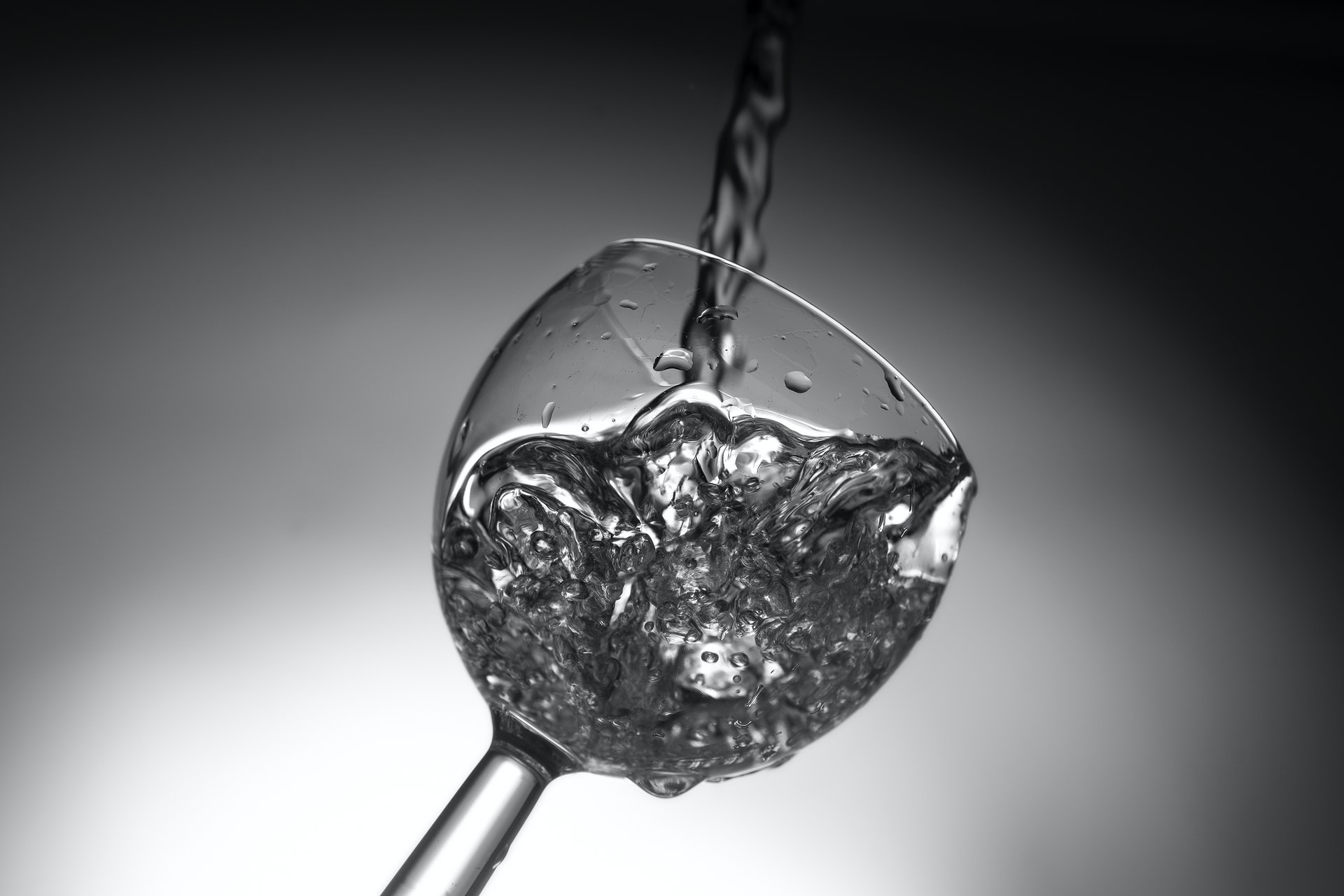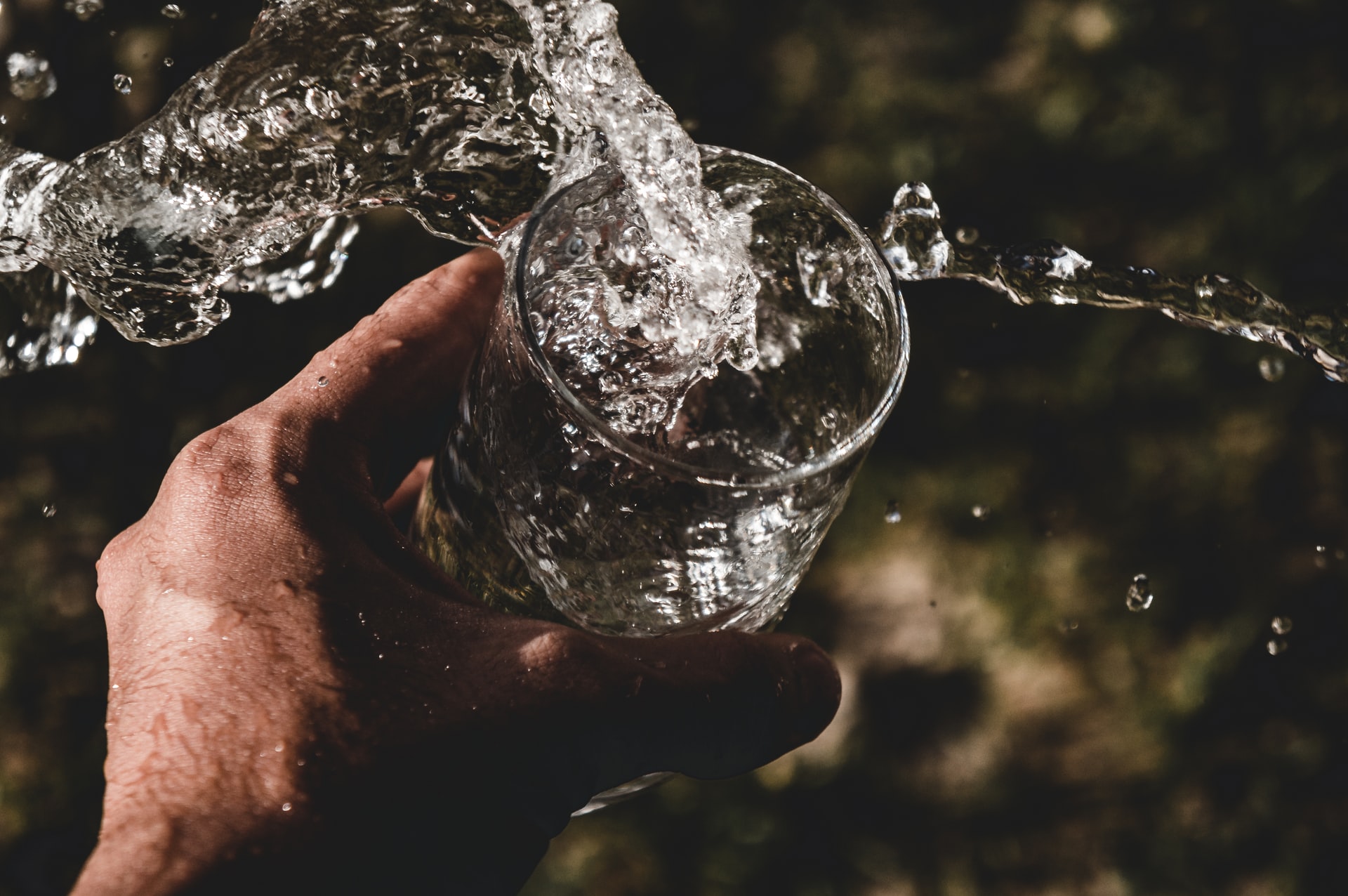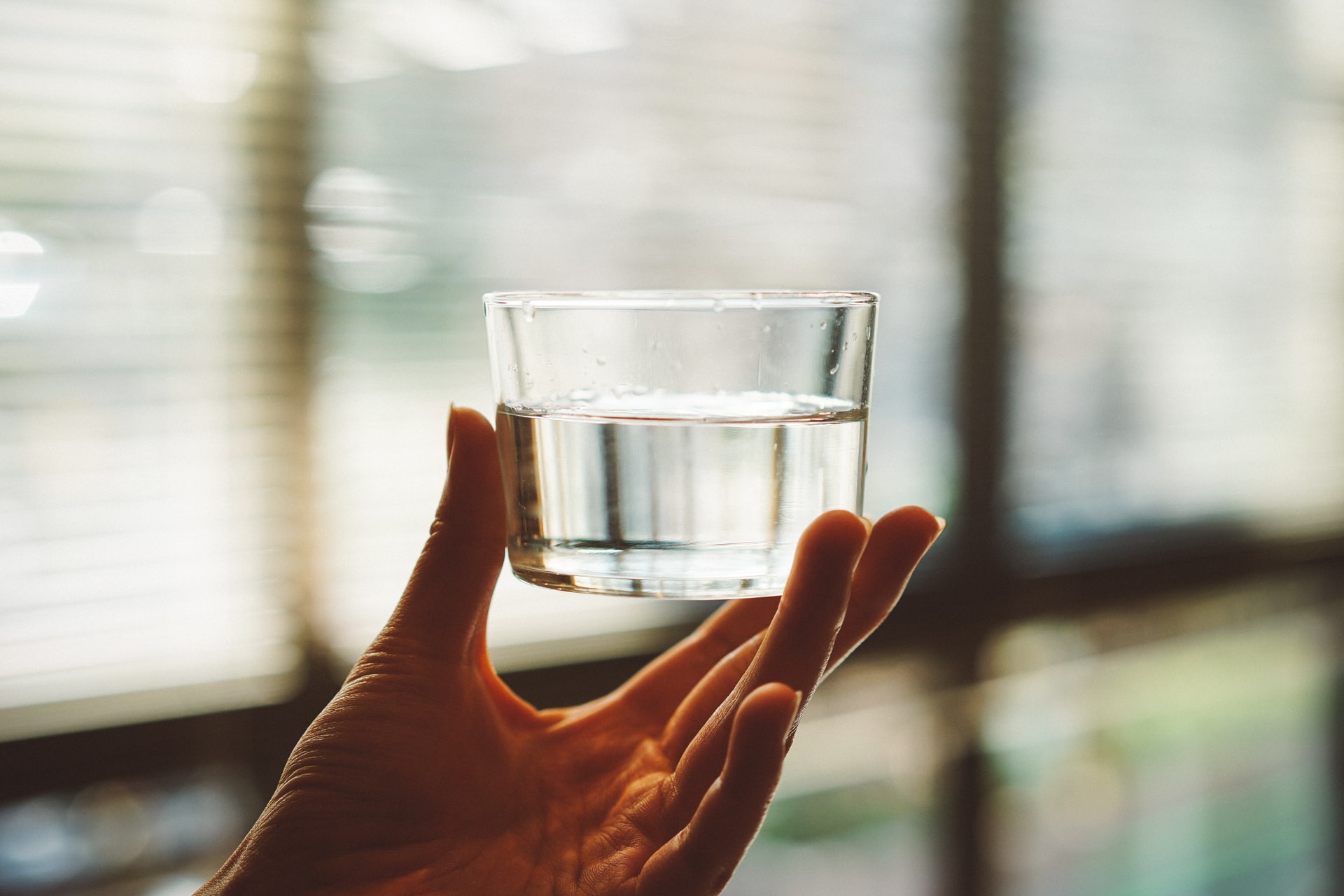Facilities can control emissions from equipment leaks by implementing an effective potable water Leak Detection and Repair (LDAR) program. A leak detection and repair (LDAR) program will have at least six phases if the best standards are followed. These stages should be completed regularly by a facility. Each phase will have a different frequency and time depending on the components being used. Changes in equipment and other circumstances imposed by federal, state, or regional regulations.

Potable Water: Recognize The Parts
There should be a unique ID number attached to every regulated part. Piping and Instrumentation diagrams should have this number noted (P&I Diagram). It includes information on any exempt components as well as their specifics. After any component modifications, a log of equipment or a site plot plan should be updated. To keep their data up to date, facilities should have a process in place.
Replacing or retiring certain parts as well as installing new machinery. After any component modifications, a log of equipment or a site plot plan should be updated. To keep their data up to date, facilities should have a process in place. The replacement of components or the retirement of specific pieces when new equipment is installed.
Leaks That Could Happen:
When there are numerous rules or components in a facility, the minor leak definition should be applied. This is widely accepted as the optimum approach because it streamlines monitoring while also lowering the likelihood of misunderstandings. As a result of this strategy, workers responsible for inspecting or testing components will have a more significant safety margin. Those who are in the direct path of any emitted pollutants.
Components Of A Computer Monitor:
In addition to saving time, using an electronic and automatic data recorder. However, it will also enhance the correctness of the data and guarantee the availability of an adequate audit trail. All components of an LDAR program should be audited regularly. This strategy will also help to keep processes up to date.
Maintaining the relevant paperwork is a top priority for the company. If a program continues delivering comprehensive, accurate, and consistent results, it requires regular monitoring and quality checks of LDAR data.
Components To Be Repaired:
There may be less need for continuous maintenance in the future with the installation of leak-free valves and “sealless” components. As soon as the damaged components have been fixed. If the repair was successful, increasing the frequency at which they are checked is wise. There is no longer any water leaking from the pipe.
Keep Consistent Records:
Regular audits of LDAR records, both internal and external, should be carried out. As a result, personnel will be able to adequately monitor all of the components that are regulated. Improved audit quality will be achieved through the use of databases and electronic monitoring. It keeps track of everything without you having to dig through piles of paper. Frequent inquiries about new or changed regulatory requirements are part of a thorough auditing protocol.

Aim For Perfection:
Maintaining an efficient LDAR program necessitates regular examination and updating of records and written protocols. A thorough audit of the identified components should be performed first. Comparing this audit to current P&I schematics and any equipment or component changes should be done. Monitoring data should be audited, and protocols for written LDAR software should be updated.

